Where did I go: Dublin, Ireland
When did I go: 30th March 2017
My first trip of 2017 was to Belfast, so it was fitting that my second trip of 2017 would be to Dublin. We only had one full day in Dublin, so we tried to maximise our time there. These are a few highlights from our day.
Trinity College/Long Room Library/Book of Kells
Trinity College is Ireland’s oldest and best known University and located in the heart of Dublin. Dating back to 1592, the University grounds are beautiful, with many old buildings set-up around courtyards.
One of the most famous attractions of Trinity College is the library, which is also home to the World famous Book of Kells. Written in 800 AD, the Book of Kells is one of the World’s oldest medieval manuscripts. Written in Latin, it’s a richly illustrated manuscript of four Gospels of the life of Jesus Christ.
The first part of the library, on the lower floor is dedicated to the Book of Kells. This tells the story of the Book of Kells, everything from the history to how the book was made, materials used (including the vellum, paint etc.) Two volumes of the book is on display in a secure vault. No photographs are allowed here.
The upper floor of the building is the Long Room Library. Built in the early 1700s, it is home to over 200,000 books. The Long Room consists of two galleries, lower and upper. Each gallery has a number of alcoves on either side stretching to the full length of the room. Each alcove has floor to ceiling shelves, every single one filled with books. In the middle, there is a magnificent double height barrel vaulted ceiling.

On the lower floor, there are marble busts of the philosophers and writers connected with Trinity College lining the Long Room.
In the middle of the hall, there are several rare exhibits – there is one of few remaining copies of the 1916 Proclamation of the Irish Republic which was read outside the General Post Office on 24 April 1916 by Patrick Pearse at the start of the Easter Rising. There is also a harp which is the oldest of its kind in Ireland (and thought to date from the 15th century). Made oak and willow with 29 brass strings, it is the model for the emblem of Ireland.
Things to know:
- Entry to the Books of Kells Exhibition and the Long Room Library costs 11 Euros per person
- Get there early to beat the queues – this is a popular attraction with school groups during weekdays and tourists during weekends. We got there around 10.00 a.m. on a weekday – and although there were no entrance queues, it was very busy inside.
- No photographs are allowed in the Books of Kells exhibit, but you can take photos in the Long Room
- Trinity College comes in at number 468 (of 500) on the Lonely Planet’s Ultimate Travelist.
Guinness Storehouse
Our next stop was the Guinness Storehouse. If you are a fan of Guinness, this is one not to be missed. Set up in the heart of the Guinness factory in Dublin, this attraction takes you through the story of Guinness.
The first part of the exhibition is all about the main components of Guinness (barley, hops, water and yeast), and how it’s all turned into the pint of Guinness that we know.
On the next level there is a Tasting Room. This is where you can learn how to smell and taste Guinness.
We were all given samples of Guinness (in really cute glasses). The guide then explained how to look for the colour of Guinness (Ruby Red), the Smell (Vanilla and Roast Barley among other things) and finally the taste. Up until that point, I never knew that Guinness had a hint of chocolate!
There is also a floor dedicated to Guinness advertising over the years; everything from the whistling oyster to the fish on a bicycle.
There is also the original Guinness harp on display. Guinness adopted the harp as its emblem in 1862, after the original 15th century harp (currently housed in Trinity College library). However, the Irish Free State government also chose this harp as the emblem of the nation in 1922, following independence. So Guinness from then on had to use a mirror image of the harp as its emblem to avoid trademark issues. The harp on display at the storehouse dates back to 1702.
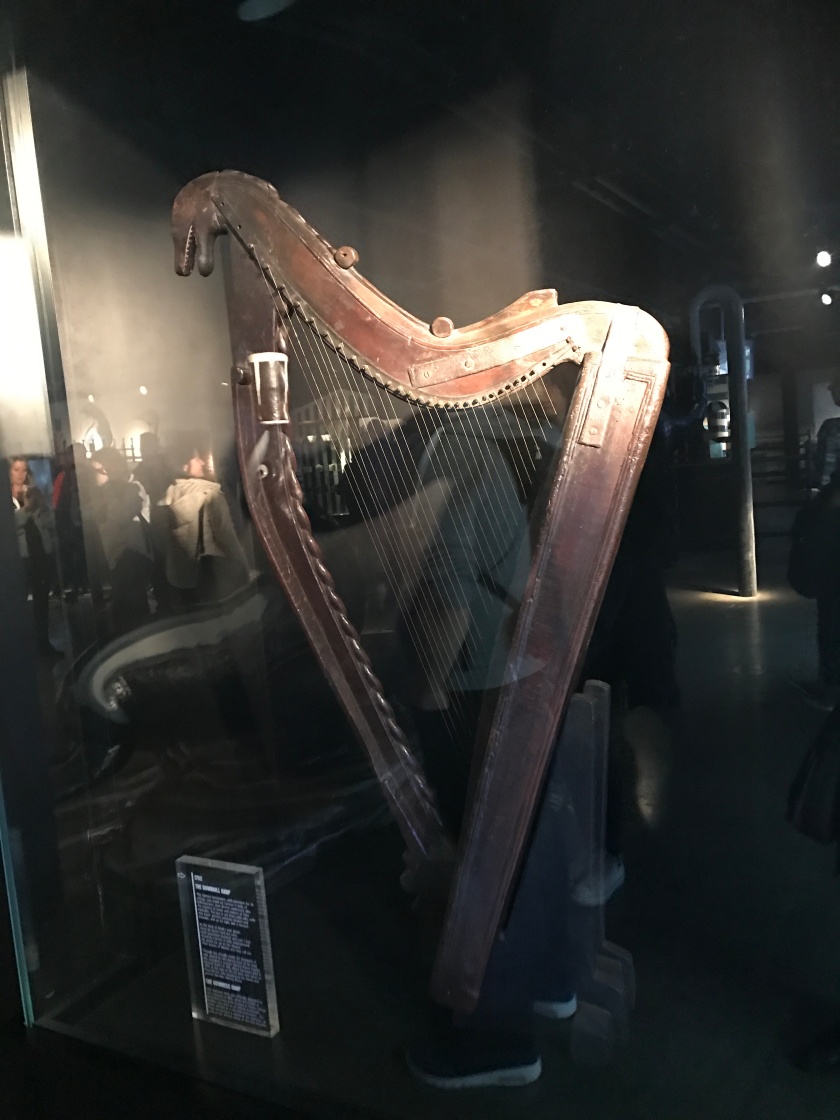
The next bit of the attraction, the Guinness Academy, is what I enjoyed most – learning to pull my own pint of Guinness. It’s easier than you think – hold the glass under the tap, tilt at 45 degrees, pull tap towards you. Let it fill to about 80% of the glass and stop. Set the glass down for a couple of minutes to settle. Hold it under the tap again, and this time push the tap away from you to fill the remaining 20%. Stop as the beautiful dome shaped “head” appears.
Finally, on the top most floor, there is the Gravity Bar, with 360 views of Dublin to enjoy with your pint.
Things to know:
- Entry to the Guinness Storehouse costs 20 Euros for an adult. (We got here on a city tour hop-on hop-off bus, which entitled us to a 5% discount).
- The entry ticket includes a complementary pint of Guinness. This can either be redeemed at the Gravity Bar, or your can pull your own pint at the Guinness Academy. My tip – use it at the academy to pull your own pint, and then take it up to the Gravity bar (you can either take the lift or walk up the stairs). This way you get the best of both.
- Children under 18 must be accompanied by an adult. Drinking age limit of 18 years is strictly enforced. Anyone who looks under 25 will be asked for ID.
- The Tasting Room and the Guinness Academy requires a bit of queuing, but it’s well worth it.
City Tour
We spent the rest of our afternoon on a city-sightseeing tour bus. This took us to many of the highlights of the city, but unfortunately we didn’t have time to visit them. Here are a few highlights:
- Phoenix Park: One of the largest urban parks in Europe, Pheonix Park is six times as big as Hyde Park and twice as big as Central Park. The park is also home to the the residence of the President of Ireland, American Ambassadors’s residence and the Dublin Zoo.
- Riverside: River Liffey flows through Dublin, essentially diving the city into two. Riverside walk is beautiful and there are many cafe’s and restaurants lining the river bank.
- Spire of Dublin: This is very tall, stainless steel rod-like monument on O’Connell street. It is on the site of the former Nelson’s Pillar. It was built in 2003, but opinions about the Spire are divided.
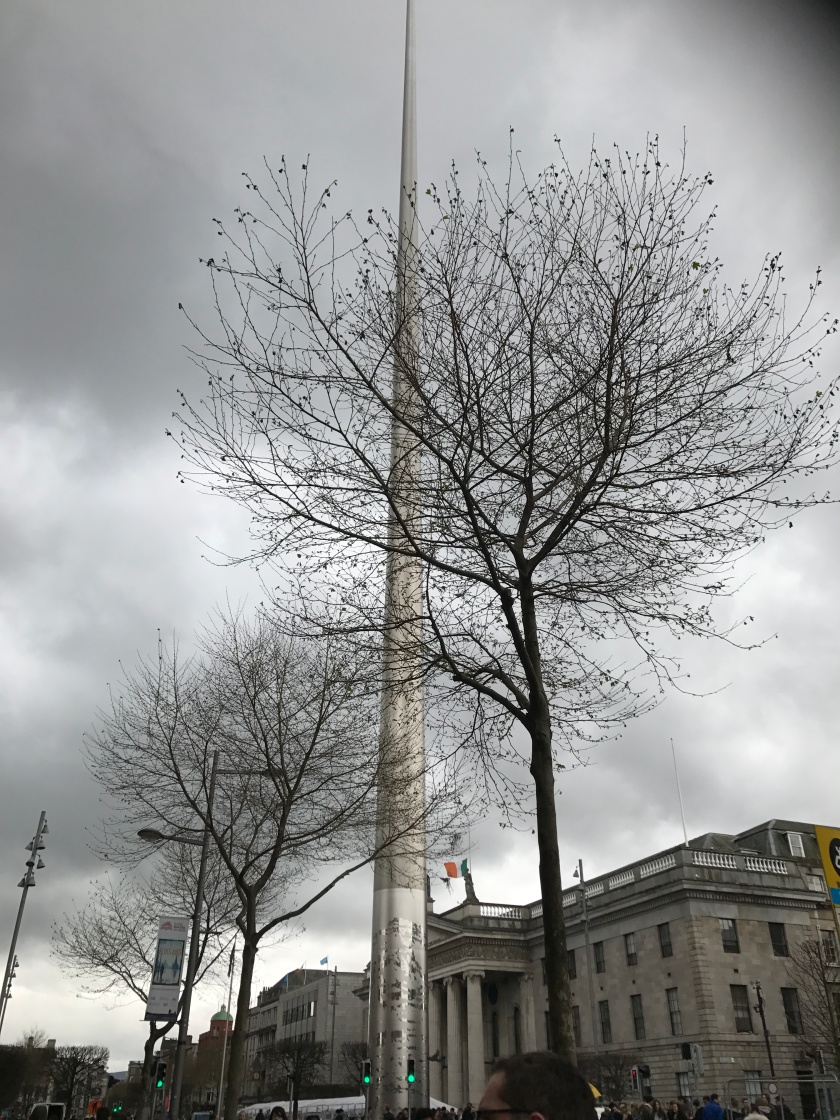
- Glasnevin Cemetery: This is famous cemetery in Dublin is the final resting place of many renowned Irish citizens.
- Kilmainham Gaol Museum: This is a former prison in Dublin, now turned into a Museum.
- Old Jameson Distillery: Famous distillery offering tours, and whiskey tasting.
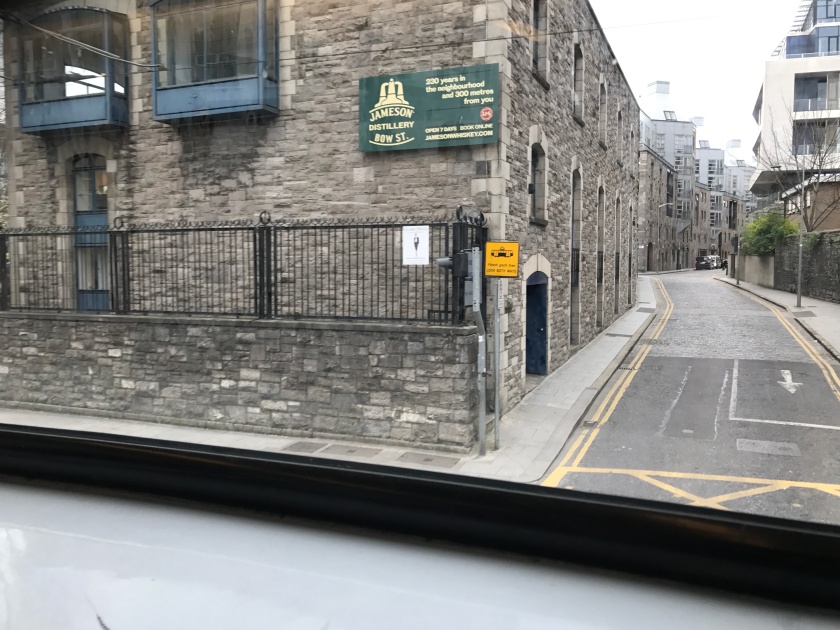
- National Museum of Ireland: The national museum of Ireland has 3 branches in Dublin (Museums Archaeology, Decorative Arts and Natural History) and 1 in Country Mayo (Museum of country life). Admission is free.
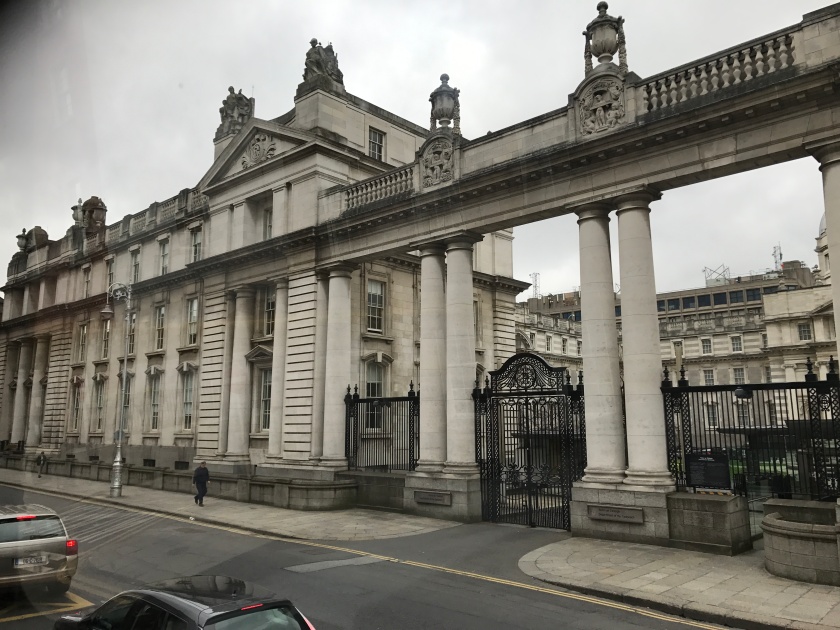
St Stephen’s Green
In the evening, we took a walk through St Stephen’s Green, a park in the heart of the city. Lots of greenery, colourful spring blooms, streams, ducks and swans.
Mini Museum of Dublin
The mini museum of Dublin is located Opposite St Stephen’s Green, and promises to tell you everything you need to know about Dublin in 29 minutes! The museum is in a beautiful Georgian terrace house and the special thing about this museum is that all the exhibits have been donated by the public.
As it was a Thursday, the museum was open till 8 p.m. We were even more lucky to find that after 6 p.m. entry was free (normally 8 Euro for a ticket). There was also a free guided tour of the museum that was fantastic, and gave us a history of Dublin from the early 1900 to the present day. The museum is well worth an hour of your time, and I’d highly recommend a visit.
Temple Bar
This is where we ended our day in Dublin. The area is full of cafe’s, restaurants and bars, many of them offering traditional Irish music. This is the hub of night life in Dublin.
Tips for Visiting Dublin
Dublin is modern city, with a fast pace of life. Like many Capital cities around the World, it has a certain buzz around it. Nevertheless, it still retains the Irish charm. These are my tips for visiting Dublin:
- Don’t drive: If you can help it, don’t bring your car here. The centre of town is very congested, there’s heavy traffic, made worse by road-works every where. On top of all this, parking is very expensive. The centre of Dublin is relatively small, and you can walk to most of the attractions or get local buses or trams, or a hop-on/hop-off city tour bus.
- Thursday Nights: Have late night opening on many attractions as well as shops.
- Eating and drinking: Dublin city centre is full of places to eat and drink, catering to every taste bud. Thursday nights are very busy, so are Friday nights. Do book in advance for dinner.
- Drink Guinness: Not that everyone was drinking Guinness, but a disproportionate number of people did seem to be drinking Guinness in many of the pubs we visited. May be they were tourists just like us, or may be the Irish really do like their Guinness. Who knows? But when in Dublin (or Ireland) do take the chance to sample their famous brew. Apparently Guinness in Ireland tastes different to anywhere else in the World. My husband (who is the beer drinker in the family) confirmed this. I think I need to check it out for myself, the next time I’m out for a pint.









































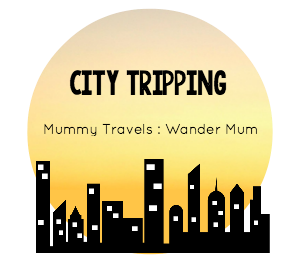
We are planning our trip for April this year. What was the weather like while you were there? Any advice on what to wear?
LikeLiked by 1 person
Pretty good actually. Bit chilly and raining at times, but fine other than that. Hope you have a great time!
LikeLike
Thanks for the tips~! You’ve just added a few more points to our to-do list – hubby and I will be visiting Dublin for a couple of days in November this year 🙂
LikeLiked by 1 person
You’re welcome. Hope you have a great time!
LikeLiked by 1 person
It sure was a great place. We could cover most of the places during the 2 day visit thanks to your tips. Will be back before the next trip.
Keep up the awesome work!
LikeLiked by 1 person
Thanks Menuka! When are you planning to go?
LikeLike
I’d really like to visit Dublin #citytripping
LikeLiked by 1 person
🙂
LikeLike
Really like this account! I have not been anywhere in Ireland but find Dublin so interesting. My husband is interesting in visiting since he watched a show (I think it was an Anthony Bourdain show).
LikeLiked by 1 person
Dublin is great, well worth a visit. Thank you for stopping by!
LikeLike
Lovely Dublin – it’s a long time since I was there. And about the only place I’ll ever drink Guinness. I remember my Dad telling me about the colour and simply not believing him, but when you look… Thanks for linking up with #citytripping
LikeLiked by 1 person
It’s a great place. Thanks for stopping by!
LikeLike